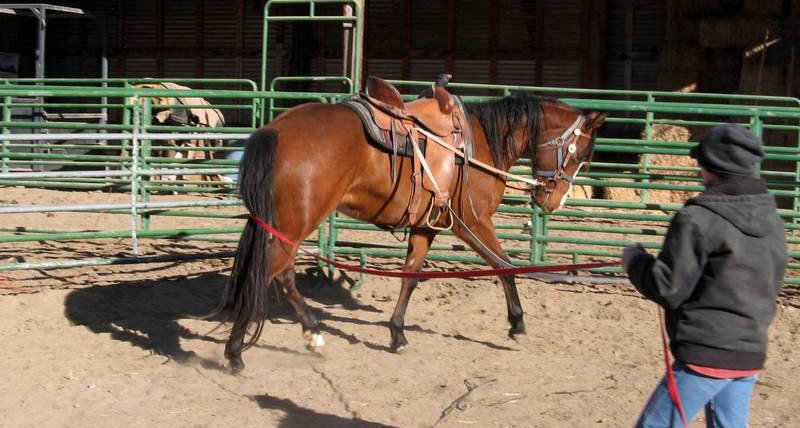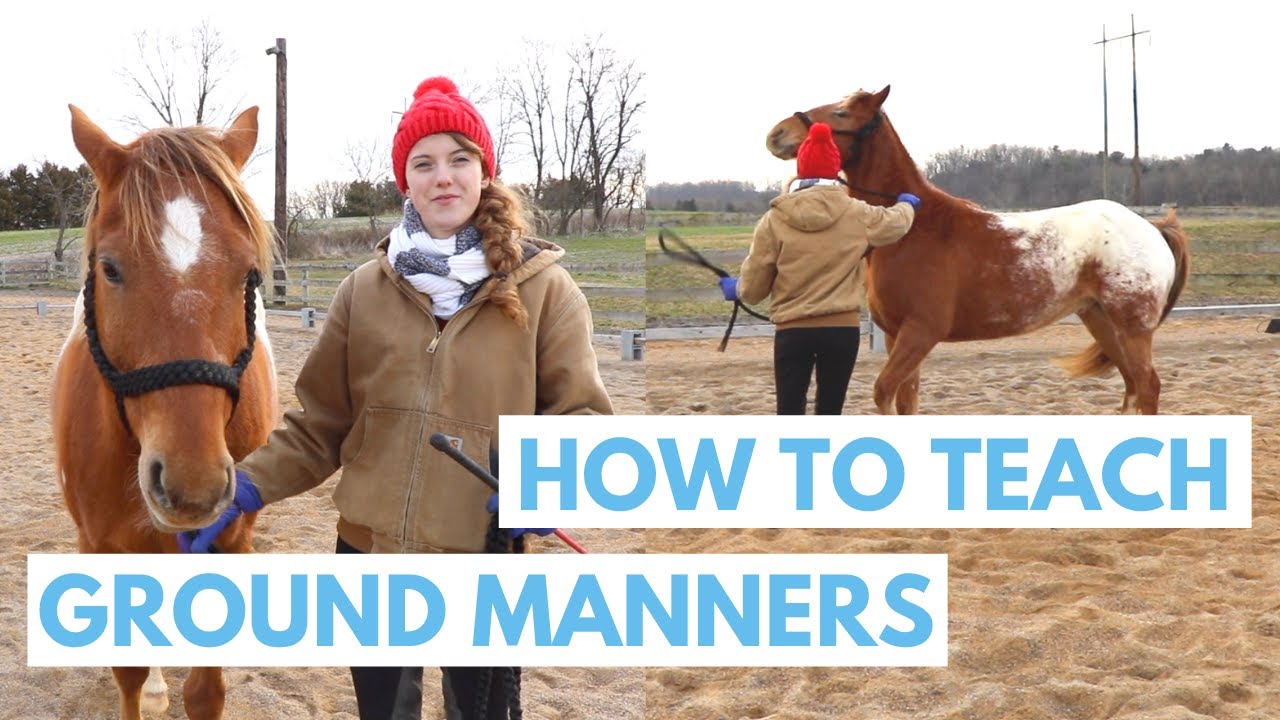You’ve spent time around horses, you’ve grown to appreciate their power and beauty, and now you want to take your relationship with these majestic creatures to the next level. “Mastering Horse Ground Manners” is your perfect guide to understanding and mastering the art of interacting with horses in a respectful and safe manner. This piece is chock-full of expert tips and tricks that can transform the way you handle your equine friends during groundwork. So gear up and prepare yourself to enhance your horse handling skills and deepening your bond with these amazing animals.
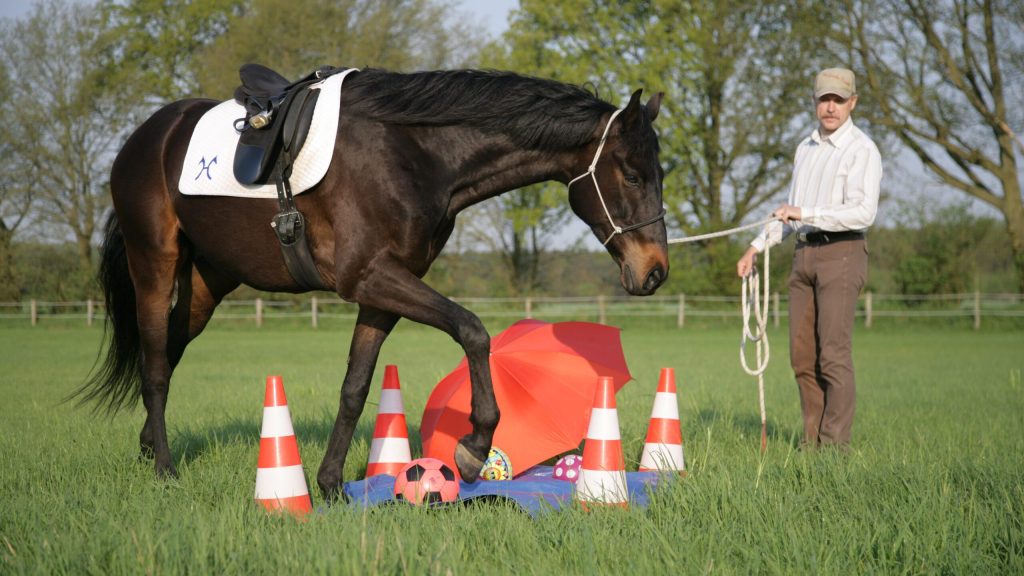
Understanding Horse Ground Manners
Just as we humans are taught etiquette, horses too require training on manners we call this ‘Ground Manners’. Ground manners refer to how your horse behaves around you and other humans when you’re on the ground. Having good ground manners makes a horse safer to handle, easier to train, and more enjoyable to be around.
Definition and Importance of Ground Manners
Ground manners translate into how horses react to humans and objects around them while they are being handled from the ground. A horse with great ground manners is obedient, well-behaved, and always respectful towards their handler. These manners are important because they serve as the foundation of all the future human-horse interactions.
Activities to Improve Interaction and Control
To improve your interaction and control over your horse, you could engage in an array of activities. These may include leading exercises, mounting and dismounting exercises, or practice in handling their ears, feet, or mouth. Remember, trust and respect are key in these interactions.
Perks of Establishing Ground Rules
By establishing ground rules, you pave way to safer handling of your horse. A horse with good ground manners will be less likely to act out dangerously. It’ll be more compliant during grooming, feeding, or when visited by a vet. Overall, you’ll experience a stronger bond with your horse.
The Horse’s Nature and Behavioral Traits
Closely observing a horse’s instinctive behavior and knowing their individual personality is key in understanding and successfully instilling ground manners.
Understanding the Horse’s Instinctive Behavior
By nature, horses are prey animals. Their instinct is to escape when they sense danger. Due to this, we must approach them in a way that doesn’t insinuate threats. Understanding this survival instinct is important in fostering trust and respect.
Recognizing Signs of Disrespect or Fear
Horses express disrespect or fear through actions like pinning their ears, kicking out, or attempting to bite. Recognizing these signs can help you influence their respect level and manage their fear.
Impact of horse’s nature on Ground Manners
A horse’s nature and behavior significantly influence their ground manners. A calm and patient horse usually exhibits better ground manners than a jumpy, fearful one. Understanding this impact helps in formulating the right training tactic.
Establishing Leadership
Gaining the role of a leader over your horse is critical in the training process. The horse should see you as their guide and protector – not a threat.
Human as a Leader for Horse
Unlike many animals that are solitary by nature, horses rely on being a part of a herd for survival. Assume the position of the leader, by behaving confidently, consistently and fairly, which will make your horse feel more secure and willing to follow your instruction.
Body Language and Expression in Command
More than voice commands, horses respond to body language. Be aware of your non-verbal cues – gestures, posture, and facial expressions. Remain calm and assertive to establish your authority.
Maintaining Consistent Leadership
Consistency is key. Horses look for stability and inconsistency in leadership can lead to confusion, and worst case, to accidents. Stick to routine and follow through with the discipline strategies you decide on.
Setting Basic Ground Rules
Establishing a few essential ground rules goes a long way towards ensuring safe human-horse interactions.
Consistent Feeding Schedule
Horses thrive on routine, creating and sticking to a consistent feeding schedule is critical.
Restrictions on Biting and Kicking
Array a firm rule against actions such as biting and kicking. However, remember to never punish your horse by hitting or yelling, this only instills fear.
Correct Timing for Rest and Play
Just as with feeding, have a fixed schedule for your horse’s play and rest time. This will help manage their energy levels better.
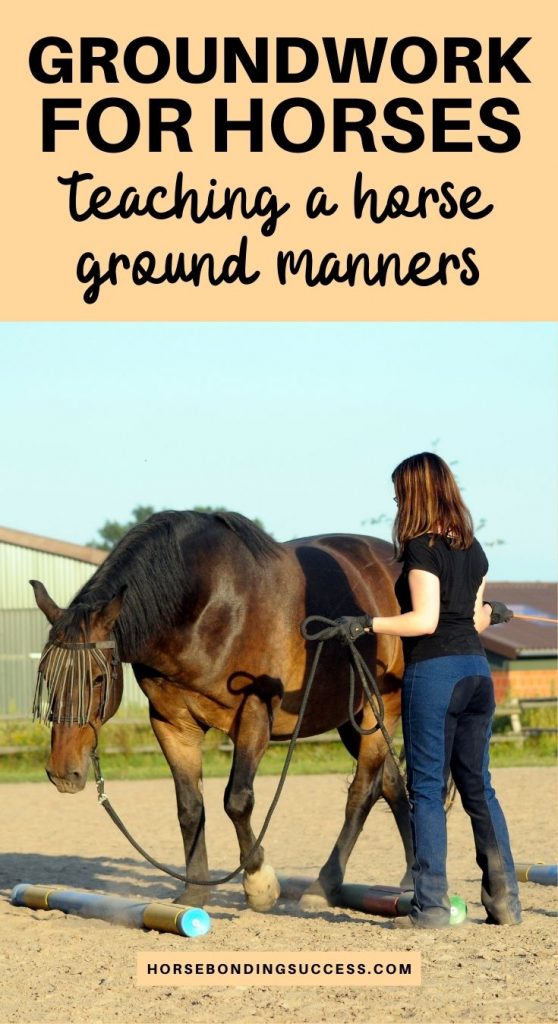
Implementing Respect Training
Respect training engages your horse’s mind and teaches them to respect your personal space.
Encouraging Horse’s Respect towards Human
Establishing that you are the herd leader will encourage your horse’s respect. Be assertive but not aggressive. Use firm, consistent reinforcement for good behaviour.
Correcting Disrespectful Behavior
Every case of disrespect, no matter how small, should be dealt with immediately. Use negative reinforcement to correct the behavior, and positive reinforcement when they behave correctly.
Reward Based Incentive Approach for Training
A reward-based incentive approach reinforces positive behavior. For example, giving them their favorite treat when they follow a command correctly.
Creating Space Boundaries
Horses need their personal space and it’s important to respect that while also ensuring safety.
Setting Dwarf Boundaries
Establish dwarf boundaries that the horse must not cross. This keeps the horse respectful of your space while you’re still able to maintain control.
Respecting Horse’s Personal Space
Similarly, respect your horse’s space too. Understand when they feel threatened or uncomfortable by your proximity and adjust accordingly.
Rules around Enclosure for Horse
Ensure the horse’s living and training enclosures are designed to respect their personal space and needs.
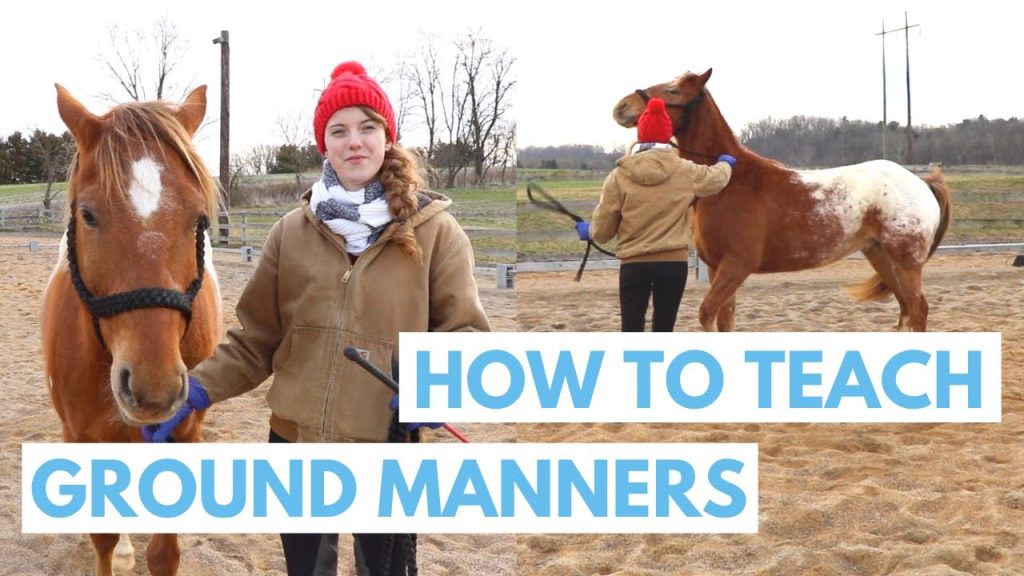
Training the Horse for Handling
Basic handling skills are essential for safety and establishing good ground manners.
Safe and Respectful Handling of Horse
Always approach a horse in a non-threatening way. Make your intentions known, groom, lead, and handle them in a way that promotes mutual respect.
Practices for Leading a Horse
Leading a horse should not involve pulling or jerking. Use a firm yet gentle hand, and lead from a position where you can maintain control and visibility.
Handling during Feeding and Grooming
When feeding, avoid tossing food from afar as this encourages bad manners. During grooming, always reassure the horse, especially when you handle sensitive areas.
Effective Techniques to Correct Bad Habits
Treatment and correction of bad habits are crucial to ensuring that your horse’s ground manners improve.
Identifying and Adjusting Bad Habits
First, identify the habits that need adjustment – these could range from biting to hesitation during riding. Each issue needs a specific correction strategy.
Techniques for Correcting Specific Bad Habits like Biting or Bucking
For issues like biting, using negative reinforcement such as a quick tap on the muzzle right after the action could help. For bucking, a firm “No” command can help the horse understand the behavior is not acceptable.
Maintaining Patience during the Process
Changing bad habits takes time and patience. Some behaviour take longer time to correct, stay patient, and be consistent.
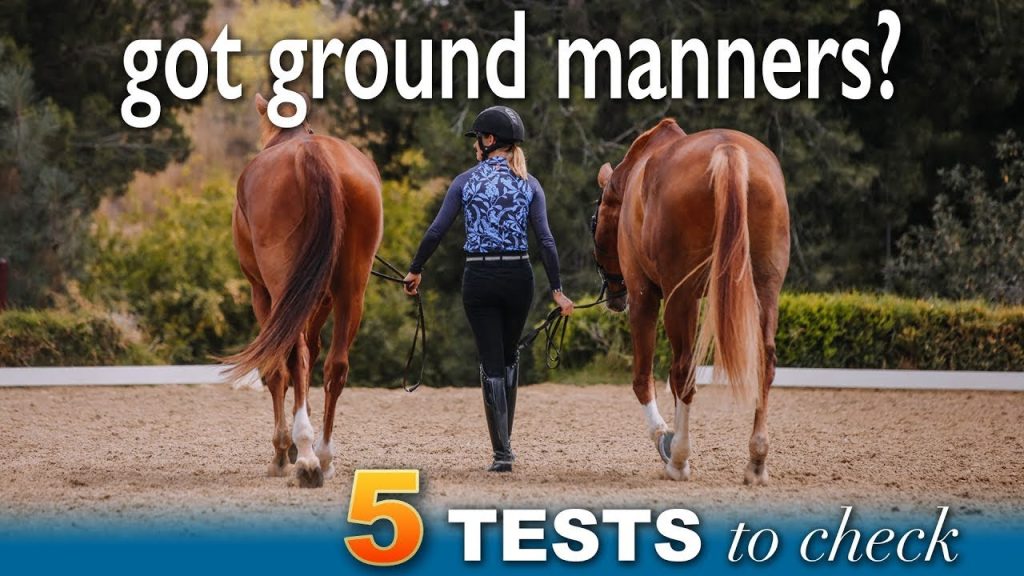
Role of Regular Exercise and Play
Exercise and playtime are not just crucial for your horse’s physical health, they also directly impact behavior.
Importance of Exercise in Maintaining Ground Manners
Horses have an abundance of energy, and if this energy is not used positively, it can emerge as aggressive or restless behavior. Regular exercise helps manage this surplus energy.
Appropriate Games and Activities
Playing games like treat hunt or horse soccer not only engages your horse physically, but also mentally challenges them.
Connection between Energy Level and Behavior
A well-exercised horse is often more well-behaved. Positioning exercise and playtime correctly in the routine can maintain an optimum energy level for training.
Ongoing Monitor and Reassessment
Improving your horse’s ground manners doesn’t end with training, monitoring and regular reassessment is important as well.
Regular Checkups for Signs of Improvements and Setbacks
Maintain a record of improvements and any setbacks you come across. Watch out for triggers that might cause disrespectful behaviour.
Revising and Improving Training as Needed
Based on improvements or setbacks, revise your training methods as needed. If a training method is not working, don’t hesitate to try something new.
Reinforcing Good Behavior over Time
Consistency in rewarding good behaviour will reinforce it over time. Continue rewarding your horse for showing respectful behaviour and commitment to the processes they have been trained for.
With training and consistency, your horse can master the art of good ground manners, making every interaction feel like a breeze.
